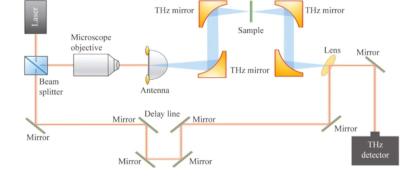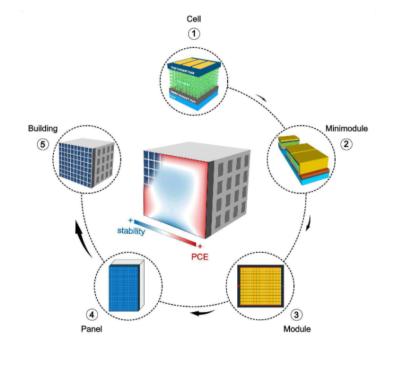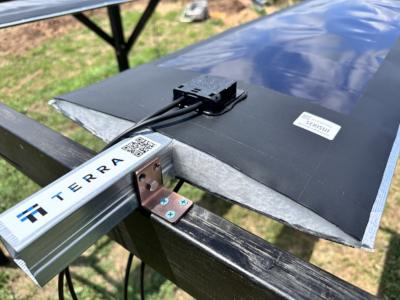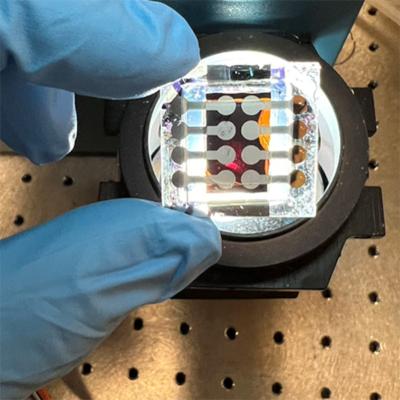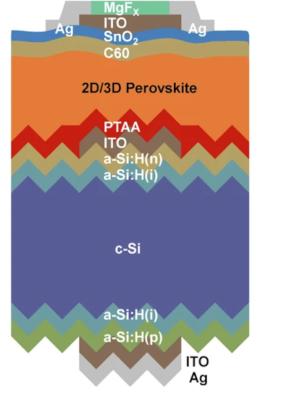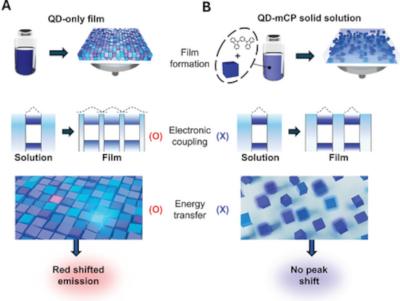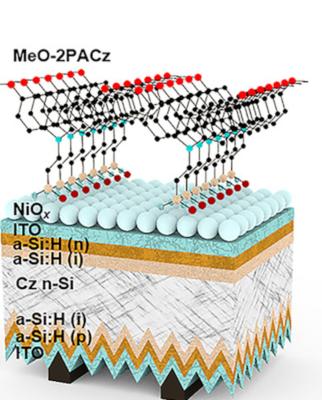Flexell Space and Airbus team up to develop perovskite/CIGS tandem PV for space applications
Flexell Space, an in-house venture of Hanwha Systems, has announced that it has signed a letter of intent (LOI) with Airbus Defence and Space GmbH (Airbus) to develop next-generation space solar cell modules using perovskite/CIGS tandem solar cell technology. This collaboration aims to revolutionize the efficiency and weight of space solar cells, marking a significant milestone in the aerospace industry.
Through this agreement, Flexell Space and Airbus plan to design and develop space solar cell modules that are more than half the weight of existing models while maintaining performance and efficiency. By applying Flexell Space's tandem solar cell technology, the new solar cells will aim to offer low cost, high efficiency, rapid production, and flexibility.



